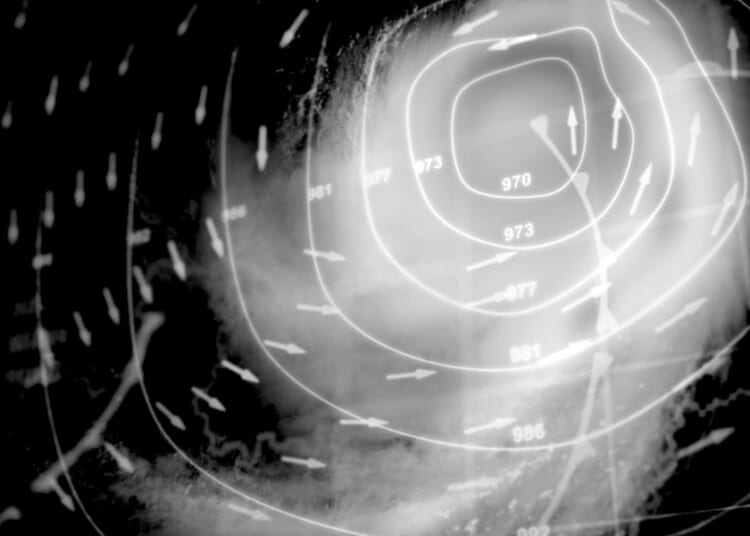SINCE its founding in 1854 as a small department within the Board of Trade, the Met Office has performed a huge role in the UK’s daily life. Advising the country of what to expect weatherwise is of key importance to both businesses and citizens.
A government grant of £1.2billion in 2020 enabled the installation of a supercomputer, giving forecasters unparalleled accuracy in predicting meteorological conditions.
The climate catastrophe now engulfing the UK and the world has focused attention like never before on this admirable institution and the vital service it provides.
Weather patterns have become noticeably unpredictable in recent times. The old system of simply using phrases such as ‘rainy’, ‘sunny’, ‘windy’, ‘hot’, and ‘cold’ are now woefully inadequate, even old-fashioned. With storms battering the UK on a seemingly daily basis, surely not even the most bone-headed denier could fail to see the harm climate change is wreaking.
To help people to understand the terrible destruction extreme weather occurrences bring, the Met Office applies names as they encroach on our shores. StormsIsha and Jocelyn recently crippled part of the UK’s transport network and brought down trees and power lines.
The Met Office has already chosen names for as yet unforeseeable tempests. This entirely sensible and helpful initiative will prove invaluable to weatherbeaten citizens up and down the land.
TCWDF’s climate expert has been given access to some of the more worrying storms, their names and how best to protect yourself. Here he outlines the ones that we need to watch out for:
Storm Davey: Thankfully this unusual and unwelcome weather activity has been restricted largely to the southwest of the UK, although it has occasionally been witnessed closer to London. Characterised by intemperate and annoying blasts of hot air, its appearance can leave those caught unaware feeling nauseous and debilitated. If imminent, I would suggest individuals equip themselves with a pair of stout earplugs.
Storm Sharma: Typified by a sudden and intense downpour of salty rain largely gathered from tropical locations. Affected individuals could experience an overwhelming sensation of anger mixed with incredulity. If anticipated, it is advisable to purchase a supply of humbugs and a large umbrella.
This unusual spectacle is remarkable simply because it happens just once a year. Going forward, it is thankfully predicted to occur with less frequency.
Storm Keir: Regrettably this meteorological marvel has never been captured on camera, though there have been numerous anecdotal reports from various individuals describing this spectacle in all its glory. The main identifying element, like its close cousin Storm Trans, is an ever-changing front accompanied by ceaseless microbursts.
There have been tales of those caught by this weather event protecting themselves by adopting the unusual pose of resting on one knee; greater defence is assured if a colleague can simultaneously strike a similar pose.
Accounts of Storm Keir differ, yet a common observation reports sightings of dense accompanying clouds such as Nimbostratus Lammy or Cirrostratus Cooper. Optimum defence is afforded by a one-way ticket as far away as possible from the epicentre.
Storm Rishi:A most unpredictable weather phenomenon formed inside already dangerous thunderstorms. Updraughts – columns of rapidly rising air – are able to suspend large amounts of tosh, as we meteorologists call it, and when the updraught weakens, there’s nothing left to hold all that tosh in place. This leads to a massive downdraught, which sends the core of the column crashing to the ground and bursting out in all directions, leading to tornado-like winds, huge pressure and complete destruction.
Mainly restricted to the continent of Africa, more specifically Rwanda, this weather phenomenon is unlikely to wreak havoc here in the UK. If it does, however, we suggest that individuals seek refuge in a darkened room with no access to mainstream media and make good use of the well-documented prophylactic benefits of single malt whisky.
Stay aware – stay safe.

